Introduction
Cherries, those vibrant, jewel-toned fruits, have captivated human palates for centuries. From their sweet-tart flavor to their striking hue, cherries are more than just a delightful treat—they are a nutritional powerhouse. Packed with vitamins, minerals, and antioxidants, these small fruits offer a myriad of health benefits. However, their seasonal availability and delicate nature often pose challenges for enthusiasts eager to enjoy them year-round. This article delves into the scientific advantages of incorporating cherries into your diet and explores actionable strategies to extend their freshness, ensuring you can savor their goodness long after harvest season has passed.

Nutritional Profile of Cherries
Before diving into their health benefits and preservation methods, it is essential to understand what makes cherries a dietary gem. Cherries belong to the Prunus genus and are categorized into two primary types: sweet cherries (Prunus avium) and tart cherries (Prunus cerasus). Both varieties boast impressive nutritional credentials:
- Vitamins and Minerals: Cherries are rich in vitamin C, a potent antioxidant that supports immune function and skin health. They also contain potassium, which aids in regulating blood pressure, and smaller amounts of vitamin A, folate, and magnesium.
- Antioxidants: They are loaded with polyphenols, including anthocyanins, quercetin, and hydroxycinnamic acids. These compounds combat oxidative stress, a key driver of chronic diseases.
- Fiber: A cup of cherries provides about 3 grams of dietary fiber, promoting digestive health and satiety.
- Melatonin: Tart cherries, in particular, contain measurable amounts of this hormone, which regulates sleep-wake cycles.
Health Benefits of Cherries
The synergistic blend of nutrients in cherries translates to a spectrum of health-promoting effects. Below is a detailed exploration of their most notable benefits:
Antioxidant Powerhouse
Oxidative stress, caused by an imbalance between free radicals and antioxidants, contributes to aging and diseases like cancer and heart disease. Cherries’ anthocyanins—pigments responsible for their red color—neutralize free radicals, reducing cellular damage. Studies indicate that regular consumption of cherries may lower markers of oxidative stress, such as malondialdehyde (MDA), and boost antioxidant capacity in the body.
Anti-Inflammatory Properties
Chronic inflammation is a root cause of conditions like arthritis, diabetes, and Alzheimer’s disease. Cherries contain compounds like quercetin and catechins, which inhibit inflammatory enzymes such as cyclooxygenase-1 (COX-1) and COX-2. Tart cherry juice has been shown to reduce uric acid levels, alleviating symptoms of gout, a painful inflammatory arthritis. Athletes also use cherry supplements to mitigate exercise-induced muscle soreness, thanks to their anti-inflammatory effects.
Heart Health Support
The potassium in cherries helps maintain healthy blood pressure by counteracting sodium’s effects. Additionally, their polyphenols improve endothelial function—the health of blood vessel linings—and reduce LDL (bad) cholesterol oxidation, a precursor to atherosclerosis. A 2018 study found that participants who consumed cherry powder daily experienced lower systolic blood pressure and reduced triglyceride levels.
Sleep Enhancement
Melatonin, often associated with sleep aids, is naturally present in tart cherries. This hormone regulates the sleep-wake cycle by signaling to the body that it is time to rest. Research suggests that drinking tart cherry juice twice daily may increase melatonin levels, improve sleep duration, and enhance sleep quality in adults with insomnia.
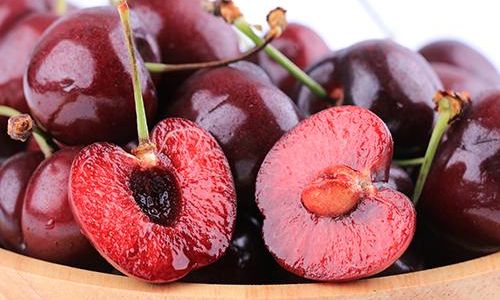
Post-Exercise Recovery
Athletes frequently turn to cherries for their ability to reduce muscle damage and accelerate recovery. The anti-inflammatory and antioxidant properties of cherries help lower creatine kinase levels, a marker of muscle injury, after intense workouts. A study on marathon runners revealed that those who consumed cherry juice experienced faster muscle recovery and less pain compared to a placebo group.
Cancer-Fighting Potential
While research is ongoing, preliminary studies hint at cherries’ role in cancer prevention. Their antioxidants may inhibit the growth of cancer cells by inducing apoptosis (cell death) and reducing inflammation. For instance, ellagic acid, found in cherries, has shown anti-carcinogenic effects in laboratory studies on colon cancer cells.
Brain Health
The antioxidants in cherries may protect against neurodegenerative diseases like Alzheimer’s and Parkinson’s. Animal studies indicate that cherry extracts reduce amyloid plaques, hallmarks of Alzheimer’s, and improve cognitive function. Additionally, their anti-inflammatory effects could mitigate neuroinflammation, a contributor to brain aging.
Effective Preservation Methods for Cherries
Despite their numerous benefits, cherries are highly perishable. Their thin skin and high water content make them susceptible to bruising, mold, and spoilage. To maximize their shelf life and retain nutritional value, employ the following techniques:
Refrigeration
Refrigeration is the simplest way to extend cherry freshness. Follow these steps:
- Sort and Clean: Discard damaged or moldy cherries, as they accelerate spoilage. Gently rinse the remaining fruit under cold water and pat dry with a clean towel.
- Storage Container: Place cherries in a breathable container, such as a perforated plastic bag or a bowl lined with paper towels. Avoid airtight containers, as they trap moisture and promote mold.
- Temperature and Humidity: Store at 32–36°F (0–2°C) with 90–95% humidity. Most refrigerators have a crisper drawer that maintains these conditions.
- Shelf Life: Properly refrigerated cherries last 7–10 days. Check periodically for signs of decay.
Freezing
Freezing is ideal for long-term storage, preserving flavor and nutrients for up to 12 months. Here’s how:
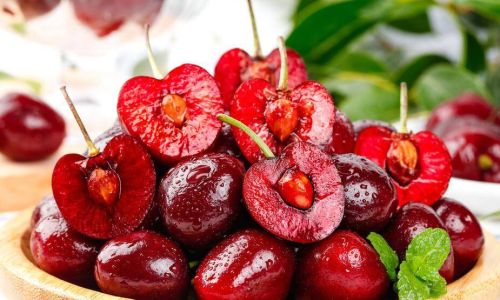
- Pre-Freezing Preparation:
- Wash and Dry: Rinse cherries and remove stems. Air-dry or use a salad spinner to eliminate excess moisture.
- Pitting (Optional): While not mandatory, removing pits prevents bitterness and simplifies future use. Use a cherry pitter or a pastry tip to eject pits.
- Blanching (For Texture): To retain firmness, blanch cherries in boiling water for 1–2 minutes, then plunge into ice water. This step inactivates enzymes that cause softening.
- Packaging:
- Lay Flat: Spread cherries on a baking sheet lined with parchment paper. Freeze until solid (2–4 hours), then transfer to airtight freezer bags or containers. This prevents clumping.
- Syrup Pack: For sweeter results, mix 1 cup sugar with 4 cups water, boil, and cool. Submerge cherries in the syrup before freezing.
- Labeling: Date and label containers to track freshness.
Canning
Canning cherries in syrup or juice creates a shelf-stable product lasting 1–2 years. Follow these guidelines:
- Preparation:
- Wash and Pit: Clean cherries and remove pits. Leave whole or halve them.
- Syrup Preparation: Create a light syrup using 2 cups sugar and 5 cups water. Simmer until dissolved.
- Packing Jars:
- Fill sterilized jars with cherries, leaving ½-inch headspace.
- Pour hot syrup over cherries, maintaining headspace.
- Processing:
- Seal jars and process in a water bath canner for 25 minutes (pints) or 30 minutes (quarts), adjusting for altitude.
- Allow jars to cool and check for proper seals.
Drying
Dehydrated cherries make a chewy, nutrient-dense snack. Use a dehydrator or oven:
- Pre-Treatment:
- Blanching: Dip cherries in boiling water for 30 seconds to loosen skins.
- Slicing: Halve or quarter cherries to expedite drying.
- Dehydrating:
- Dehydrator: Arrange cherries on trays and dry at 135°F (57°C) for 12–24 hours, until leathery.
- Oven: Spread on baking sheets and dry at 140°F (60°C) for 8–10 hours, leaving the door ajar for moisture escape.
- Storage: Keep dried cherries in airtight containers in a cool, dark place. They last 6–12 months.
Cherry Vinegar
Infusing vinegar with cherries creates a tangy condiment rich in antioxidants. Steps:
- Preparation:
- Wash and pit 2 cups of cherries.
- Place in a sterilized jar and cover with 2 cups of apple cider vinegar.
- Infusion:
- Seal the jar and store in a dark cabinet for 4–6 weeks, shaking occasionally.
- Strain the vinegar and discard solids.
- Usage: Drizzle over salads, marinades, or cocktails. Store in the refrigerator for up to 6 months.
Proper Storage Tips
Regardless of the method, adhere to these practices:
- Avoid Ethylene-Producing Fruits: Cherries are sensitive to ethylene, a gas emitted by apples, bananas, and tomatoes. Store them separately to prevent premature ripening.
- Check Regularly: Inspect stored cherries for mold or spoilage, removing affected pieces immediately.
- Temperature Consistency: Avoid fluctuating temperatures, as they cause condensation and spoilage.
Conclusion
Cherries are a testament to nature’s ability to pack immense nutritional value into a small, delicious package. From bolstering heart health and aiding sleep to reducing inflammation and supporting exercise recovery, their benefits are vast. However, their perishability necessitates careful preservation. By mastering techniques like refrigeration, freezing, canning, and drying, you can enjoy cherries’ unique flavor and health perks long after their seasonal peak. Whether sprinkled on yogurt, blended into smoothies, or simmered into jams, preserved cherries remain a versatile addition to any culinary repertoire. Embrace these methods to turn a fleeting seasonal delight into a year-round staple of wellness.
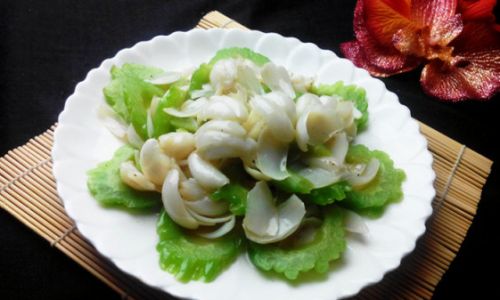
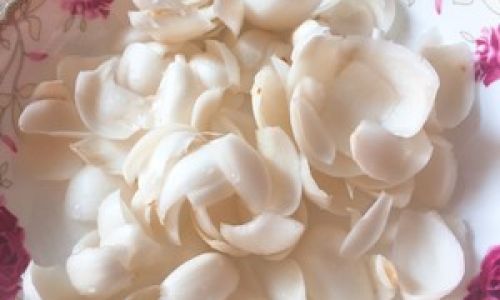
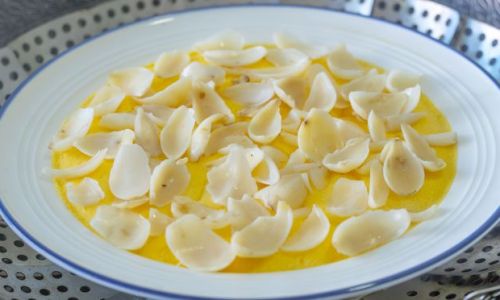


0 comments